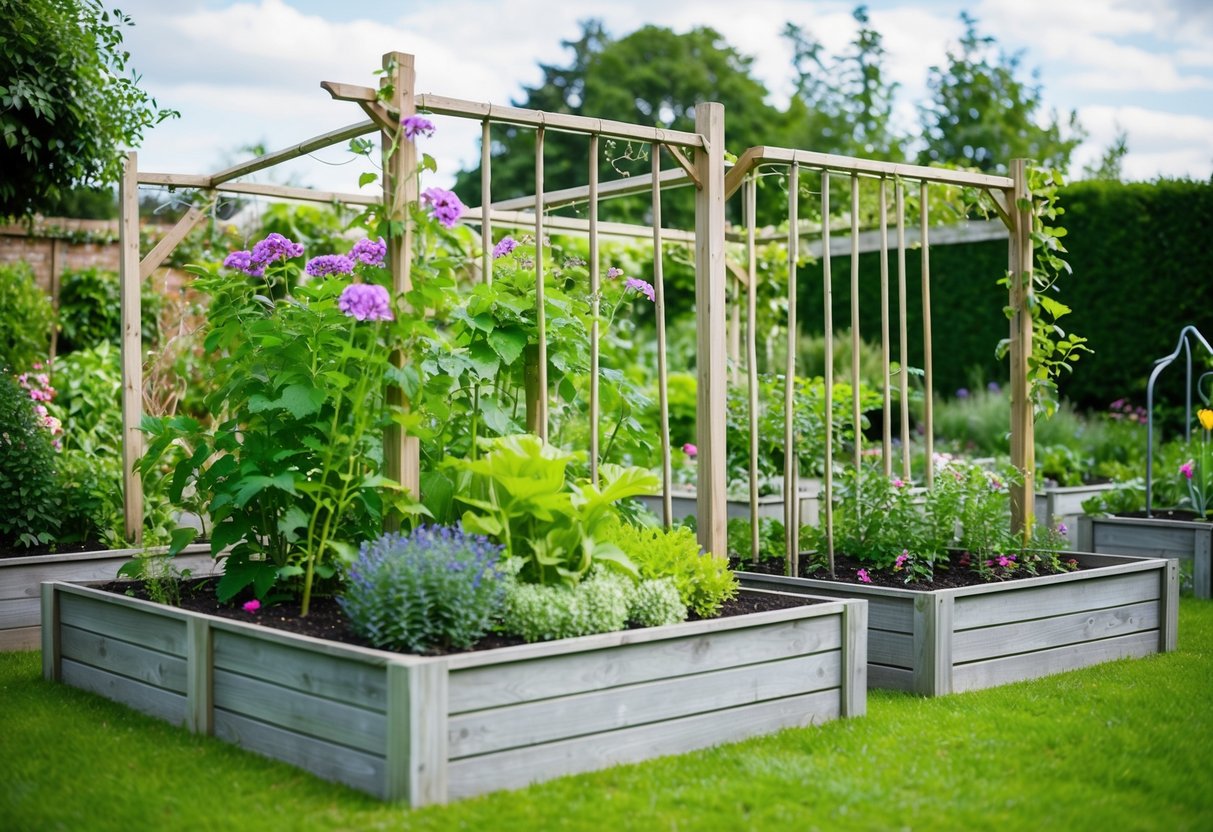
Transforming a garden doesn’t have to involve major landscaping renovations or hiring an expensive contractor. DIY garden structures, like trellises and raised beds, provide a simple yet effective way to elevate any yard space with elegance and charm. By integrating these elements, individuals can enhance the functionality and aesthetic appeal of their gardens, seemingly expanding outdoor living spaces.
Trellises offer the perfect vertical solution, encouraging climbing plants to grow upwards, adding dimension and visual interest. These structures can also serve a practical purpose by creating privacy barriers or acting as decorative garden features. Raised beds are equally beneficial, supporting better soil drainage and making gardening more accessible by reducing the need to bend down.
Whether it’s a sprawling backyard or a compact garden patio, incorporating DIY elements allows gardeners to customize their outdoor spaces uniquely. This approach combines creativity and practicality, giving every gardener the chance to cultivate a thriving and beautiful garden environment.
Planning Your Garden Layout
Transforming a yard with garden structures like raised beds and trellises requires thoughtful layout planning. Understanding sun exposure, available space, and design principles are crucial for a thriving and functional garden.
Assessing Sun Exposure and Space
Assessing the sun exposure is a priority. Different plants need varying amounts of sunlight, and a garden’s success depends on placing each plant in the right spot. It’s essential to observe the garden space throughout the day to understand how the sunlight shifts. Marking out sunny, partly sunny, and shaded areas will help in planning.
Determining the available space involves measuring the total area and understanding any constraints, such as existing structures, trees, or slopes. This information will guide decisions about where to position raised beds and trellises. Efficient space use can maximize plant variety and yield.
Incorporating Raised Beds and Trellises
Raised beds offer improved drainage and soil quality, making them a popular choice for gardeners. They can be designed in various sizes and shapes to fit the available garden space creatively. When planning their placement, consider access paths to ensure easy reach for planting, weeding, and harvesting.
Trellises are excellent for vertical gardening, supporting climbing plants like beans, peas, and vine crops. Positioning trellises on the north or east side of beds helps prevent them from casting shadows on sun-loving plants. Strategic placement can enhance both functionality and visual appeal.
Design Principles for Function and Aesthetics
Creating a garden layout that blends function with aesthetics involves applying basic design principles. Symmetry and balance help create a pleasing visual structure. Consider pathways and access points to ensure effortless movement throughout the garden, allowing access to each raised bed and trellis without difficulty.
Aesthetic considerations might include the choice of materials for beds and trellises and how they complement the surrounding landscape. Plant variety and color schemes can also impact the garden’s visual appeal. By mixing heights and textures, gardeners can achieve a dynamic, vibrant space that is both practical and welcoming.